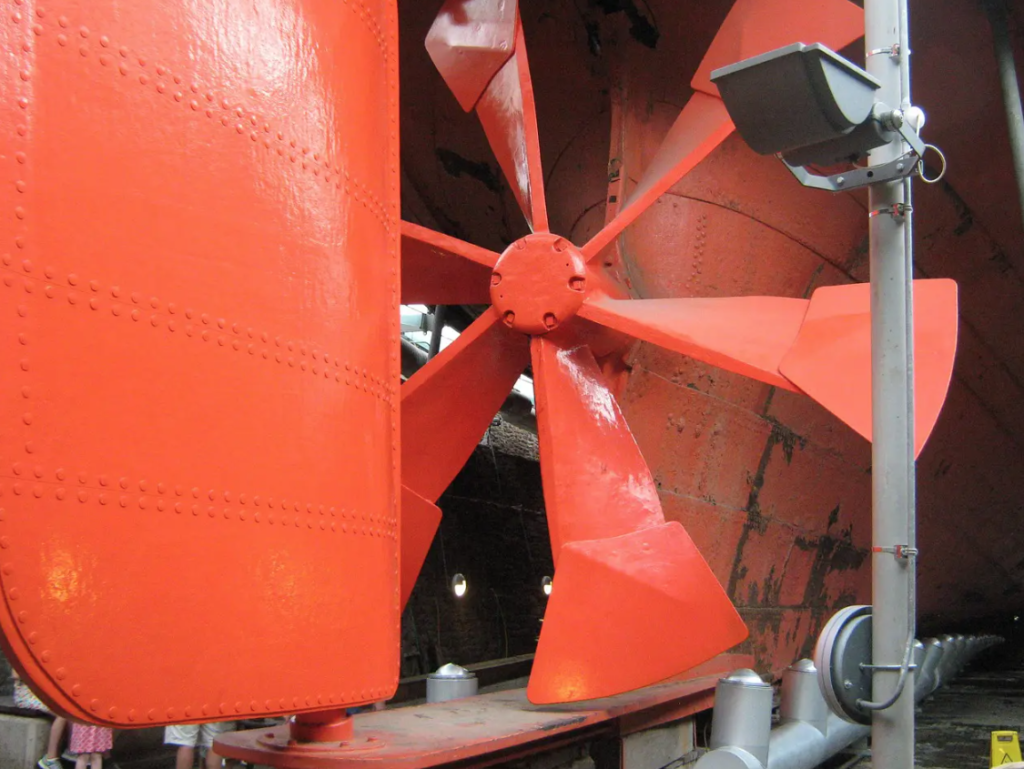Speed reduction, sustainable fuels and wind propulsion solutions to reduce ships emissions
Shipping can halve its carbon footprint in a few years using only existing technologies. And without damaging trade in any way: CO2 cutting takes place without decreases in the volumes transported and reductions in the routes. How? By 2030, ships emissions can fall by 28-47% compared to 2008 levels with a combination of three factors: reduced navigation speed, wind propulsion and the use of a share of sustainable fuels.
Is the forecast of a study of CE Delft published today, coinciding with the opening of the work of the annual summit of the IMO, the International Maritime Organization, that is the organism of the UN that takes care of coordinate the policies of reduction of the emissions of the ships to global level. And that so far, given the absolute weight of the industry in that assembly, has moved with feet of lead. It set a target at 2050 (-50% on 2008) but without intermediate targets.
How to cut the emissions of ships?
Maritime transport is one of the sectors considered most difficult to decarbonise. Each year, the industry generates approximately 3% of global greenhouse gas emissions. Yet, the study suggests, using a mix of solutions would allow huge results with a relatively small effort and, above all, in a very short time.
Also the more unfavorable scenarios, that is with more bland measures (for example, a reduction of the speed of 20 instead of 30%) and with an increase of the marine traffics more supported, guarantee cuts of the emissions of the ships in double figure, at least of 28%.
read also Europe is the 1° in the world to put a price on ship emissions
At what cost? According to the report, the costs associated with the introduction of measures to cut ship emissions are “manageable”. In general, the costs incurred would increase by about 10% the cost of shipping operations. A low figure if it is compared with the costs that would have to be incurred to cope with the impact of climate change both on the maritime transport industry and on society in general in case of failure to achieve emission cuts. If introduced gradually from 2025, the measures could avoid cumulative emissions of 500-1,000 Mt of CO2 equivalent.
“This analysis clearly shows that these reductions are possible and that costs are not an obstacle. The proof could not come at a better time. The IMO must not waste what could be the last best opportunity to put maritime transport on the right track to avoid a climate disaster,” said Delaine McCullough of Ocean Conservancy, one of the associations that collaborated in the drafting of the report.

